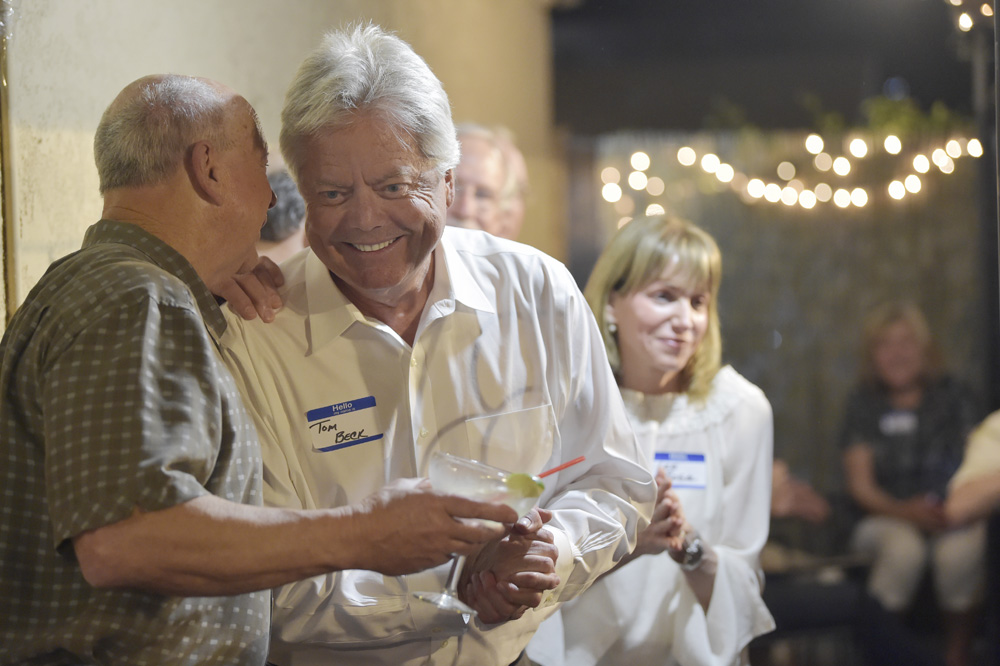Engineer whose pioneering work contributed to visual effects used in The Lord of the Rings, Pirates of the Caribbean movies to speak at National Finals in Washington, D.C.
Buzzers, not bells, will ring in the New Year for thousands of middle- and high-school students all across the U.S. That’s because they’ll soon be pitting their math and science knowledge – and their reflexes – against one another in regional competitions of the Department of Energy’s (DOE’s) 25th National Science Bowl (NSB).
The competitions start this month, with four students from each team facing off in a fast-paced, question-and-answer format. (More information about the date and location of specific regionals can be found through the NSB Homepage http://science.energy.gov/wdts/nsb.) The winning team from each middle- and high-school regional will compete in the National Finals, held in Washington, D.C. from April 30 to May 4, 2015.
On January 31, Students from Arcadia High, La Canada High, Maranatha High School, Marshall Fundamental, the Polytechnic School, Temple City High, and South Hills High School are competing at the Jet Propulsion Laboratory in Pasadena.
At the Finals, winning teams can score exciting adventure trips to Alaska and national parks across the country to learn first-hand about science in the field; as well as trophies, medals, and supplies for their schools’ science departments. But to many, the ultimate prize simply would be the prestige of winning the National Championship.
In 1991, some 500 high school students vied to become the first NSB National Champions. Today, the NSB draws more than 14,000 middle- and high-school competitors. Approximately 240,000 students have faced off in the NSB Finals since that first competition.
The knowledge that former NSB competitors have acquired – and more importantly, the habits of study that they’ve learned along the way – have led them to success in variety of fields. Many have become researchers; others are science and math professors at some of our some of our nation’s most prestigious universities. While those career paths might seem intuitive, the math and science knowledge students need to be successful in the NSB also can lead to successful careers in other fields.
One such career-spanner is the Science Day plenary speaker at the 2015 National Finals, Dr. Doug Roble, who took his math and engineering know-how to Hollywood. He earned a Ph.D. in computer science at The Ohio State University and has made numerous important contributions to the film industry by improving movie special effects, including a fluid simulation system that allowed moviemakers to create surging water effects in The Lord of the Rings: The Fellowship of the Ring, Pirates of the Caribbean: At World’s End, and The Day After Tomorrow. Roble has earned many accolades and honors, including one of Hollywood’s highest, the Oscar.
Achievements in imagination, discoveries in science – these begin with a student’s aspiration, with a commitment to study and a determination to succeed. That’s what the NSB is all about: Students compete to win, and win by building a better future. The 2015 NSB competitors will follow in the footstep of previous National Science Bowl contestants, and will blaze a trail for students in science, math and engineering for the next quarter-century.
DOE’s Office of Science is the single largest supporter of basic research in the physical sciences in the United States, and is working to address some of the most pressing challenges of our time. For more information, please visit http://science.energy.gov/.

